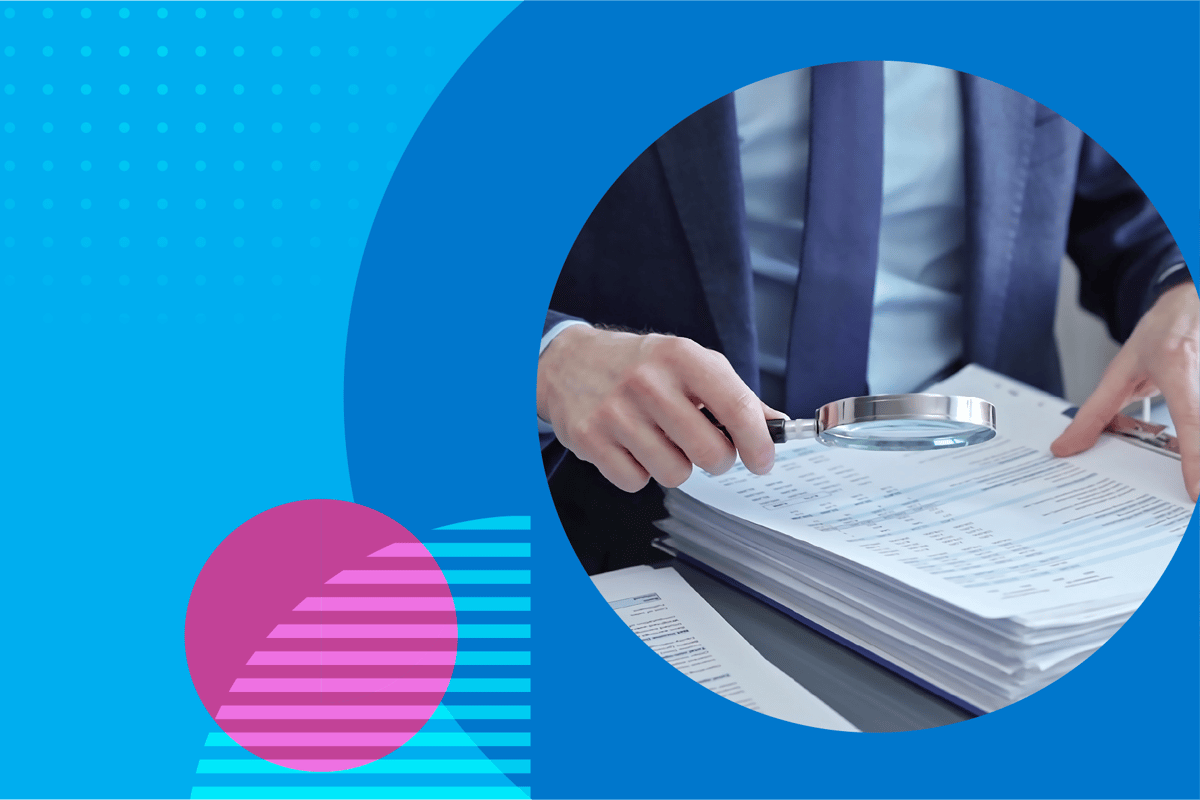7 characteristics of an effective compliance training program
A compliance training program can achieve all its goals and meet the standards set forth by various regulatory agencies and industry best practices … but be far from effective.
And that seemingly minor gap can lead to major consequences when employees who went through “sufficient” training make the wrong decision in a compliance situation.
Understandably, compliance training can be a challenge, especially when what you must teach continually evolves. For example, as GDPR kicked in, a Cisco survey discovered that 39 percent of respondents felt internal data security training was a significant challenge. Underlying complexity underscores why organizations should never be satisfied with their training and should prioritize the best learning experience for their employees.
The best compliance training programs—the ones that can be considered truly effective—go beyond basic requirements. The following characteristics of such programs and the platforms they use to train their people give organizations an edge in reducing risk, empowering employees, and strengthening compliance.
1. Ease of use
Much is at stake with a training program—notably, the muscle memory employees require to make the best decisions when compliance situations arise. The last thing HR personnel, compliance officers, training coordinators, and employees need is a platform that’s difficult to implement, customize, and navigate.
A report by VMware found that across all technologies, 47 percent of CIOs think they are providing apps that their employees want—but only 24 percent of end users agreed. Online compliance training is no exception: What you may think works for your needs may not properly engage the people who must benefit and learn from it. The best training solutions make life easy for your compliance team while facilitating learning and keeping users focused on the content rather than the controls.
2. Adaptive progression
Each employee going through a compliance training course differs in what they know, how they learn, and how they approach the program. Training built on an adaptive platform that can recognize these differences and deliver a unique, practically customized experience to the individual user. With an adaptive approach, the training platform adjusts to how employees are progressing through a course and shifts scenarios and topics based on their interactions. In this way, employees experience the learning they need, even if—and especially when—those needs differ from their coworkers’.
3. Employees who experience learning as well as training
A common approach to compliance training is to throw rules and regulations at people and expect them to learn and memorize this barrage of information that might not even apply to them. Anyone involved with eLearning might be familiar with Edgar Dale’s decades-old Cone of Experience—although the finer math may not be quite provable, the conclusion remains clear years later: Experience is a far better teacher than just reading something.
Although your employees need to know and apply relevant guidelines, an information overload isn’t the best way to get there. Effective training teaches users the right way to act and make decisions, which they can better apply to their everyday roles. Engage employees with relevant, interesting scenarios so that they truly experience compliance rather than being blitzed by it.
4. Customization of content
The best compliance training partners offer more than dynamic courses continually updated to reflect the latest developments, laws, and best practices—they also provide the means for clients to edit and further customize content. This is your training and your compliance, so the courses you implement should match your unique needs and goals while remaining relevant to your employees. In this way, the vendor still does much of the heavy lifting, but you have the ability to strengthen content on your own and make it unique for your workforce.
5. Data embraced
Effective compliance training programs learn from the learning. Rich data—numbers far beyond just completion rates—awaits organizations willing to embrace analytics. This is a great, untapped tactic for training programs; results from our online compliance maturity tool show that about 58 percent (as of December 2019) of organizations do not compile data or track just completion/usage rates.
Advanced training data can be used to identify knowledge gaps, inform and plot strategy, and predict where problems will arise in the future. For example, analytics can show if a certain department or branch is not performing well on training scenarios and might need additional training. Or, if employees are scoring poorly on a certain compliance topic, additional resources can be directed their way to shore up their knowledge.
6. Operationalized compliance
The best compliance training programs emphasize more than simply the training sessions. Effective programs give employees opportunities to learn all year via additional training courses and reinforcement tools such as microlearning, job aids, and short educational—and entertaining—videos. Besides keeping concepts top of mind, operationalizing compliance instills a deeper sense that this is important and that they, too, can become experts on keeping the organization safe.
7. The backing of the organization
Compliance training programs shouldn’t operate in a vacuum, separate from the organization’s mission and goals. Effective programs enjoy the full backing of the company and, perhaps most importantly, leadership. When the organization prioritizes training, employees are more likely to prioritize it as well and not view it as something they “have to do.” This inspiration begins with great courses and extends into everything workers do on the job—every decision, every interaction, and every initiative.


